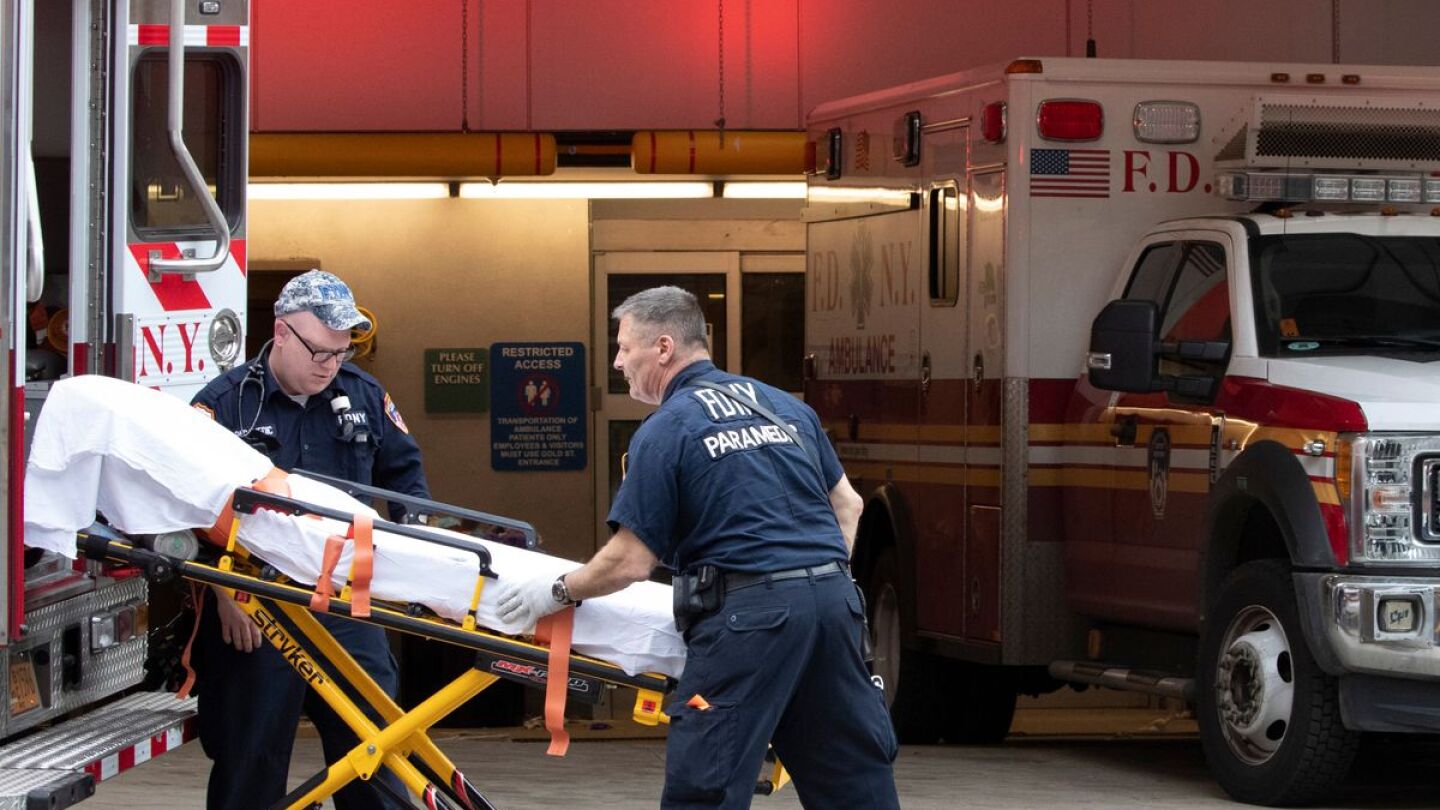Patient Assessment
Patient assessment is the process an EMT or paramedic follows to evaluate an injured or ill patient. The process includes a scene size-up, which is the identification and mitigation of risks, a primary assessment to find and fix life threats and a secondary assessment to perform a focused history and physical exam of the patient. Each step is an opportunity to collect information that will guide treatment and inform a transport decision. In the SA���ʴ�ý Patient Assessment topic find the latest news about patient assessment and top resources to improve your patient assessment skills.
An overview of pain and sedation for the prehospital provider
Avoid misdiagnosing atrial flutter as sinus tachycardia by mastering these ECG interpretation strategies
How has the EMS Scope of Practice changed since the first EMS Week was celebrated 50+ years ago?
Educate your community on how to stay safe and assist emergency responders after a violent MCI
Managing high-risk/difficult refusals with the FEARS mnemonic
Four distinct events must occur in order for an anaphylactic reaction to manifest
Skilled actor patients offer a practical, impactful way to teach EMS providers respect for diversity, enhancing critical thinking, interpersonal skills and public trust
First responders from several departments conducted a rope rescue operation to save a worker with an injured leg inside a rock crevice
An easy patient assessment activity you can incorporate in any classroom
The Chattanooga Fire Department said the driver was trapped after a large tree nearly flattening her vehicle
Improve your patient care and decrease your legal liability risk with conscious, deliberate practices
Valparaiso police bodycam video shows how delayed assessment prolonged treatment for a stroke victim
One worker had been critically injured after coming in contact with a high-voltage power line while at the top of the tower in Burleson
Due to the severity of Bailey’s injuries, Keene firefighters used rapid sequence intubation to maintain her breathing
Learn how implicit bias is shaping (and harming) the care we give to female patients
We train extensively on blunt trauma and GSWs, but stab wounds also present a real danger for patients
For new EMTs and paramedics there is nothing more important than improving your patient assessment skills; learn and follow these field proven tips
The criminalization of medical errors has added a new layer to reducing harm
Watch as Steve Whitehead shares quick tips for improving stroke care
Paramedics Daniel Fennell and Michael Strobel administered hydroxocobalamin after the child was removed from the basement
New solutions for higher standards of care
Dr. Amanda Berndtson shares the impact of wall-related injuries on EMS and hospitals in Southern Arizona and San Diego at NAEMSP Grand Rounds
These devices, crucial for measuring blood oxygen levels, have shown discrepancies in accuracy when used on darker skin, leading to potential health risks for non-white patients, the study states
For your reference: A pediatric vitals chart broken down by age range
12 residents and three staff members of the Mount Carmel Senior Living Community were among those transported to a hospital
Officers in Ewing tried to reach a 6-year-old boy trapped in a fire on the fourth floor of a seven-story apartment
The attack killed 14 people, including an 18-year-old who had ambitions of becoming a nurse; authorities initially put the death toll at 15, which included the suspect
A guide to more realistic simulations
Four children were among those injured when balloons pulled down giant LEGOs during a New Year’s Eve celebration in Peabody
Rescuers need to anticipate specific medical problems and patient needs as they prepare to encounter patients in a collapsed structure or debris pile
St. Johns County Fire Rescue paramedics faced a trench rescue scenario they had trained for but never done on an actual call
The technology allows Virginia Beach paramedics to detect internal injuries and assess critical conditions better before reaching the hospital
MOST POPULAR
- The growing need for whole blood: Why it’s time for EMS to step up
- How to use OPQRST as an effective patient pain assessment tool
- How to use SAMPLE history as an effective patient assessment tool
- Neuro Pro unveils Head-Up CPR Board to improve survival outcomes during resuscitation
- 8-year-old falls down shaft into bunker while hiking with family in Hawaii


































